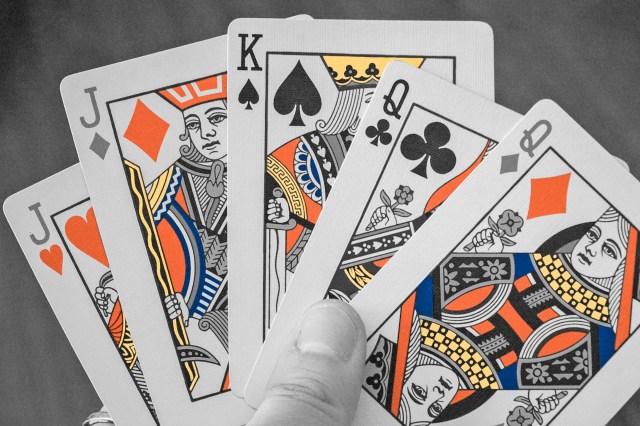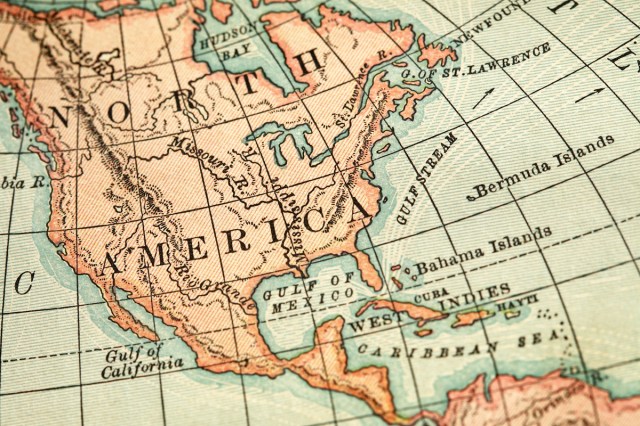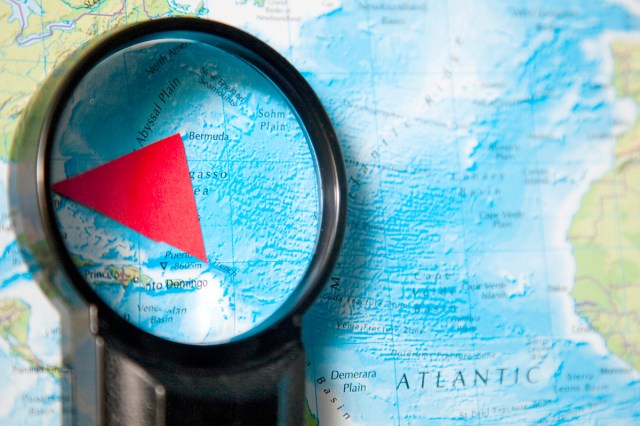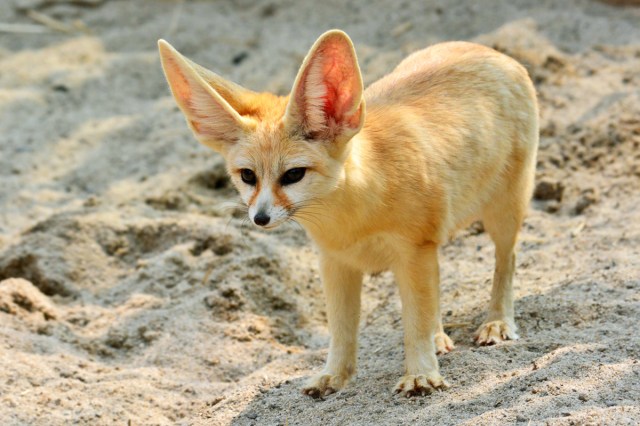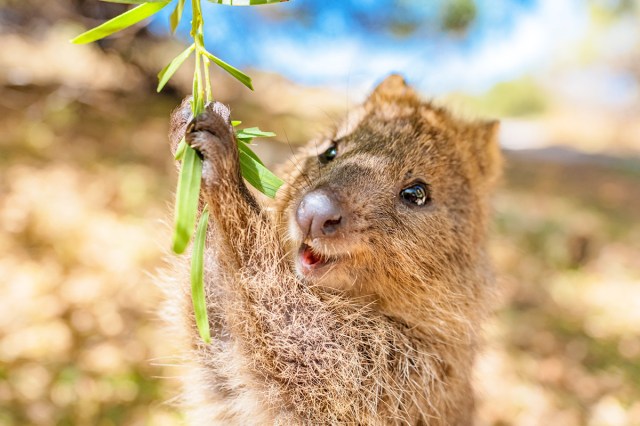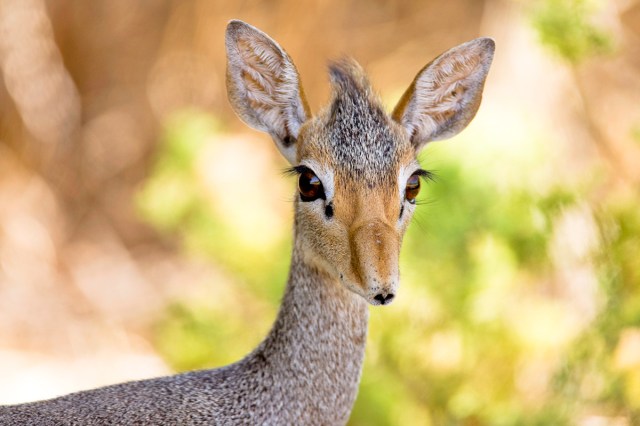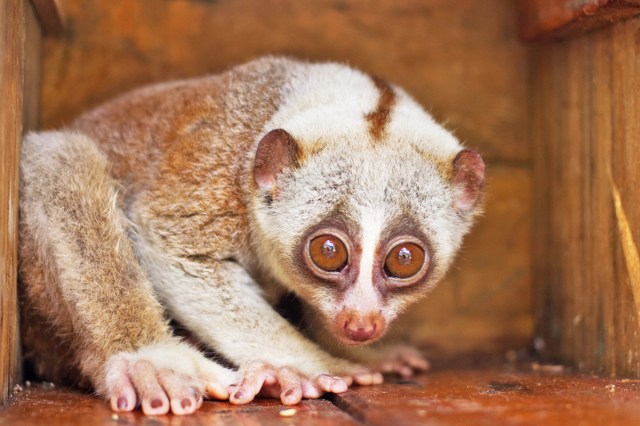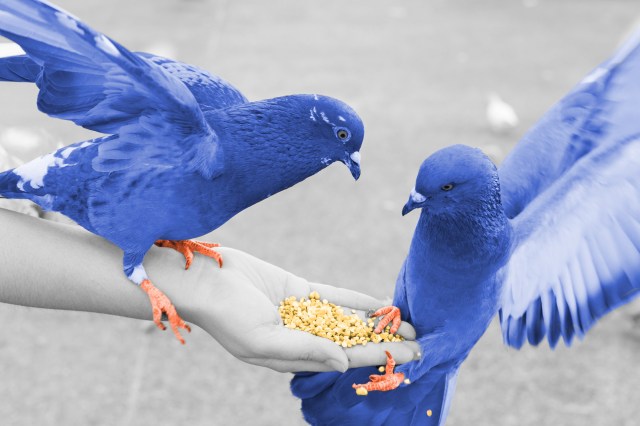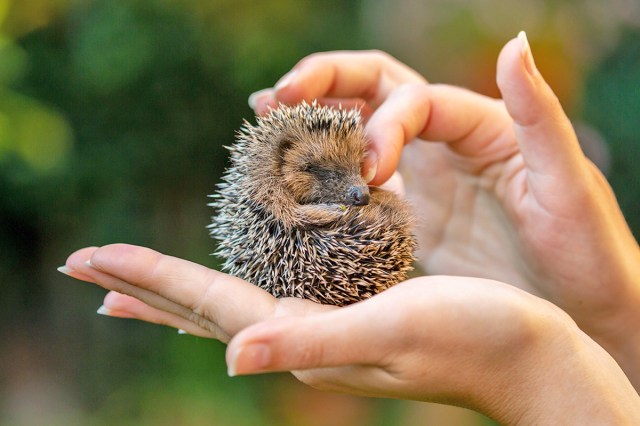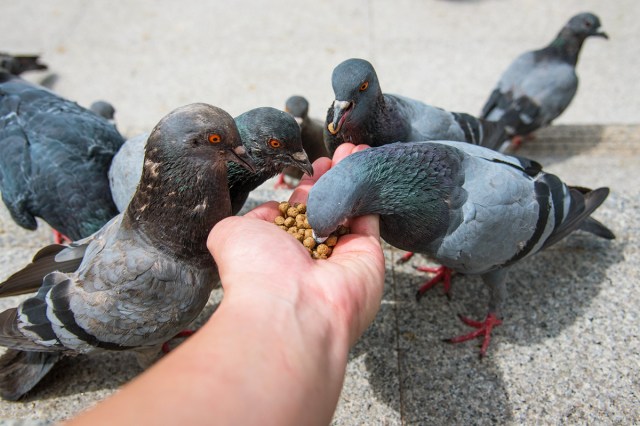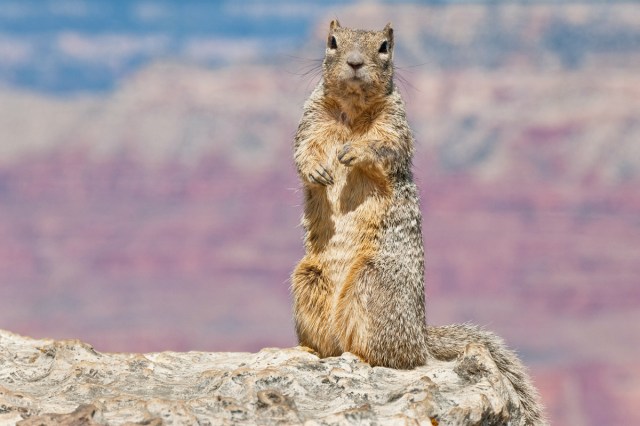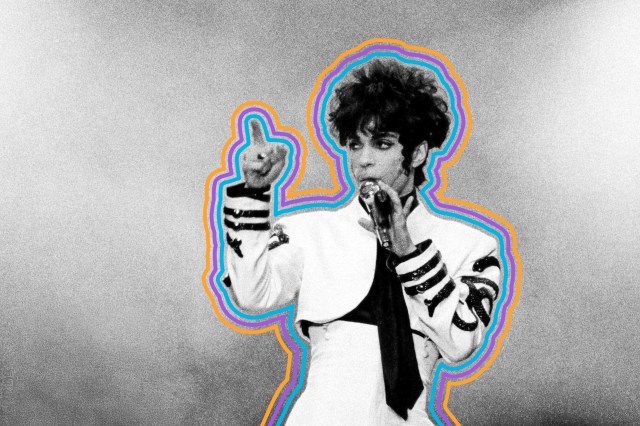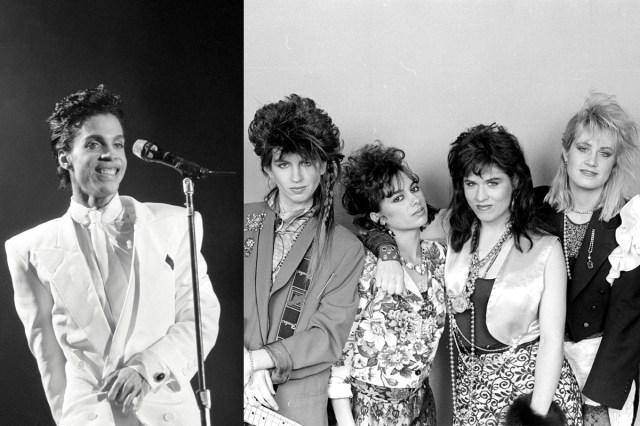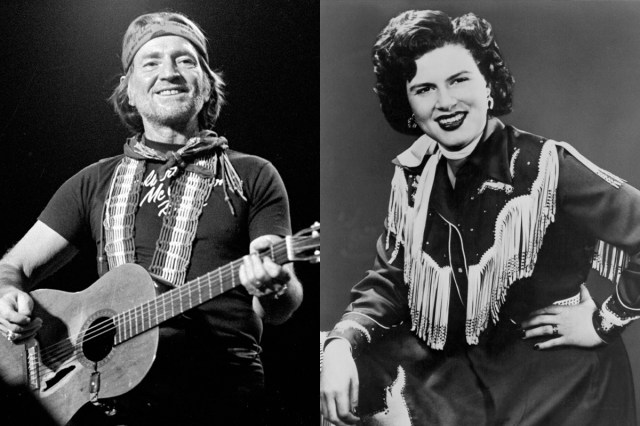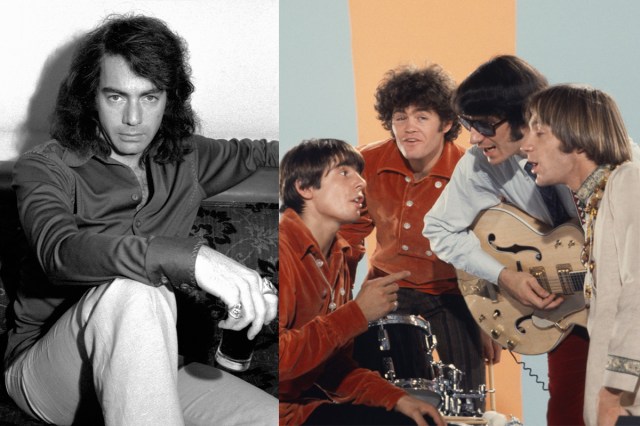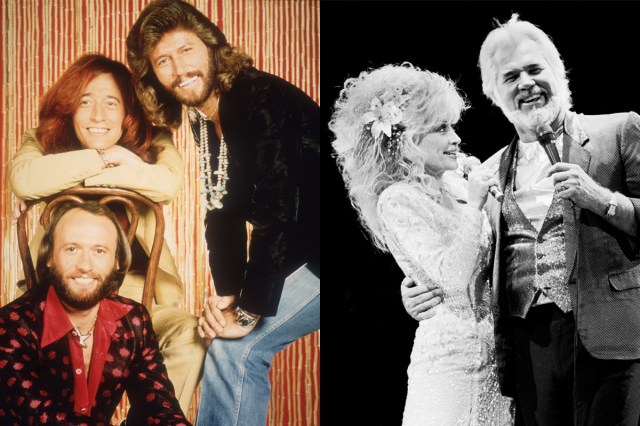How Much Gold Is on the Planet?
Gold has been a universal symbol of wealth, power, and beauty for thousands of years. Its chemical symbol, Au, is derived from the Latin aurum, meaning “shining dawn,” a tribute to the element’s radiant luster. The Romans weren’t the only ancient civilization to value gold, though: There’s evidence of gold mining in Eastern Europe dating back to around 4000 BCE.
Today, gold can be found in many facets of daily life, from jewelry and collectibles to modern spacecraft and medical devices. It has endured as a universally revered metal, both rare and resilient, leaving a lasting mark on human history. But just how much gold exists in the world, and what is its true value? Here’s a rundown of all the gold on Earth, from the rings on your fingers to the ore deposits hidden deep inside the ground.
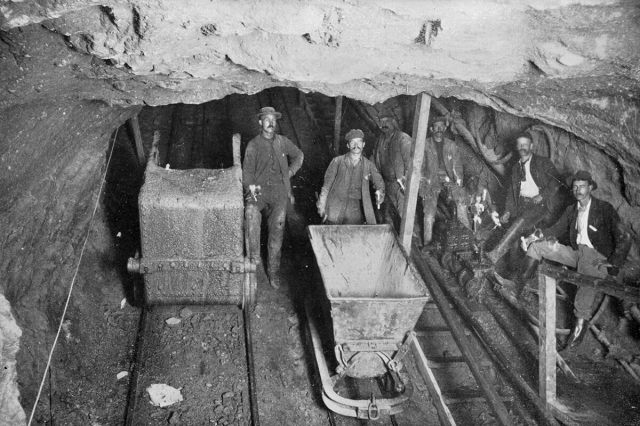
How Much Gold Have We Already Mined?
According to the World Gold Council, the total amount of gold above ground worldwide is 216,265 metric tons, equivalent to approximately 238,391 U.S. tons. This accounts for nearly all the gold humanity has ever unearthed, most of which has been mined within the last century. In fact, approximately two-thirds of the total mined gold on Earth wasn’t extracted until 1950 or later, mainly due to advancements in the mining industry.
While this may sound like an unimaginable amount of gold, this metal is surprisingly compact. If you melted down every ounce of gold ever mined and formed it into a cube, it would measure only 22 meters across, or approximately 72 feet 2 inches — about the length of a standard semitruck.
So where is all this gold now? The most considerable portion, approximately 45% (107,088 tons), has been crafted into jewelry: rings, necklaces, bracelets, and other adornments that span cultures and centuries. The second-largest portion of mined gold, 22%, is found in bars and coins, which includes gold-backed exchange-traded funds (ETFs), while another 17% is held by central banks.
The remaining 14% is allocated for industrial uses, including electronics, the aerospace industry, and medicine. In dentistry alone, approximately 13 U.S. tons of gold are used annually to fashion crowns, bridges, inlays, and dentures. Gold’s nontoxic and noncorrosive properties have made it invaluable in these fields.

How Much Gold Is Still Hidden Underground?
The truth is we will never be able to unearth all the planet’s gold. Beneath our feet lies an estimated 186,880 metric tons (approximately 206,000 U.S. tons) of gold, holding the potential to nearly double our world supply — but this doesn’t include the tiny flecks and nuggets of gold distributed throughout rocks and water that aren’t economically viable to mine. There are .004 grams of gold per ton of Earth’s crust, which shakes out to 400 million metric tons (441 million U.S. tons) of gold in the crust.
The World Gold Council categorizes the mineable underground stock into two groups: “reserves” and “resources.” Approximately 30% of the below-ground stock is classified as “reserve” gold — that is, an ore deposit that can be economically extracted. These are confirmed sources that have been marked as viable for future mining operations.
The remaining 70% of underground deposits are categorized as “resources.” There’s less certainty surrounding these deposits, and they may ultimately never be mined due to geological, technological, or regulatory challenges. Although these are speculative sources, they exist nonetheless.
But all these numbers come with one massive caveat: More than 99% of the planet’s gold is located in its core and is excluded from this data because mining it will never be possible. One estimation posits that 1.6 quadrillion tons of gold lie within the Earth’s core.

What Is the World’s Total Gold Supply?
When combining all the mined gold with the estimated below-ground deposits, the total amount of gold on Earth comes to approximately 403,145 metric tons (444,391 U.S. tons). To put this into perspective, that’s equivalent to the weight of roughly 59,286 African elephants or four Nimitz-class aircraft carriers.
But despite its weight, as we previously mentioned, gold is deceptively compact. It’s one of the densest naturally occurring metals on Earth — heavier than lead, silver, copper, nickel, and iron — weighing in at 0.698 pounds per cubic inch. If all 400,000+ tons of gold were melted down, it would form a cube measuring roughly 40 meters across, or about half the length of a football field.
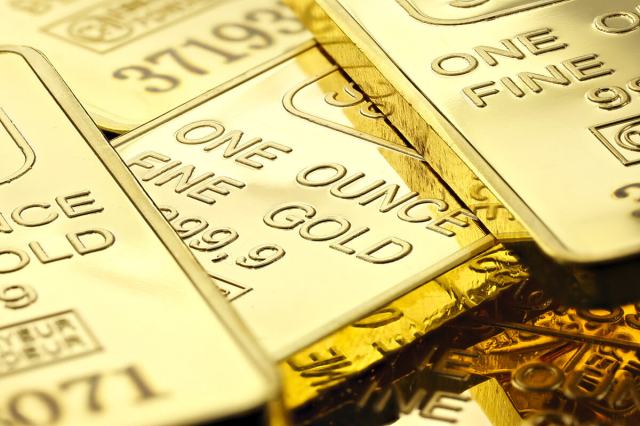
How Much Is It All Worth?
The most common method to determine the value of this precious metal is through the “spot price,” aka the current price for immediate delivery of gold. The spot price is determined by trading values in major gold markets worldwide, including the London Bullion Market Association and the New York COMEX, based on supply and demand.
This price constantly fluctuates during market hours; for example, it rose from approximately $2,630 per troy ounce in January 2025 to more than $3,340 per troy ounce in July 2025. A “troy ounce” is the traditional metric unit of measurement for precious metals (originating in Troyes, France) that’s been used since the Middle Ages. One troy ounce equals 1.097 regular ounces.
According to the spot price of gold in July 2025, the total estimated global gold supply as of 2025 — 403,145 metric tons — would be valued at an astonishing $43.29 trillion. However, this figure only tells part of the story: The spot price of gold doesn’t account for other real-world expenses involved in transforming raw metals into products, so the value of the world’s gold is actually much higher.
For instance, a one-ounce 2025 American Eagle Gold collectible coin may have a spot price of approximately $3,300, but it currently sells for $3,525.40 (despite having a face value of $50). This added cost takes into account factors such as refining, minting, packaging, and demand. While $43 trillion is a reasonable estimate based on the current market value of Earth’s gold, its actual value, considering rarity, craftsmanship, labor, and other factors, could be significantly higher.

Rachel is a writer and period drama devotee who's probably hanging out at a local coffee shop somewhere in Washington, D.C.
top picks from the Inbox Studio network
Interesting Facts is part of Inbox Studio, which publishes content that uplifts, informs, and inspires.







